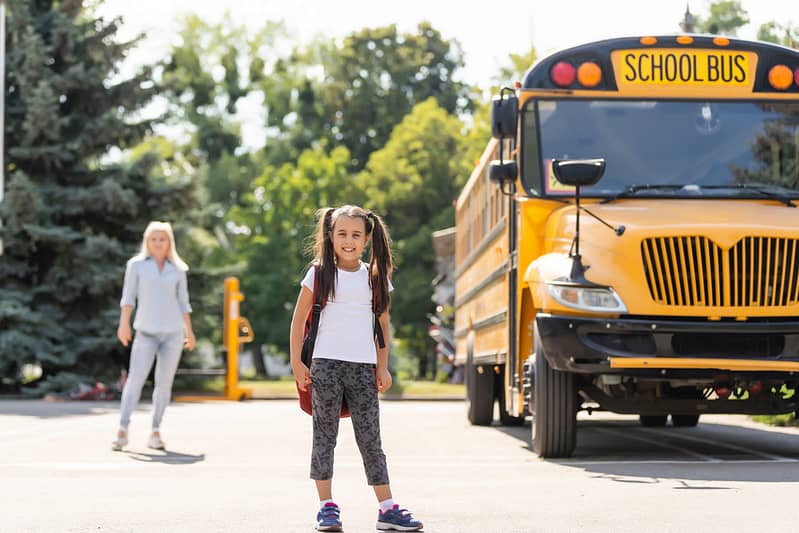School Zone Safety: Speeding, Braking Distance, and What You Need to Know
The Importance of School Zones
School zones are more than just areas with low-speed limits. They are carefully designated zones aimed to protect the most valuable members of our society—our children. According to the National Center for Safe Routes to School, more than 40% of all children in the U.S. walk or bike to school. With such a high volume of young pedestrians, obeying the speed limit isn’t just the law; it’s a moral obligation.
Speeding: The Silent Risk
Did you know that a car travelling at 30 mph will need approximately 45 feet to come to a complete stop? A vehicle travelling at 50 mph will need around 125 feet. That’s almost a 180% increase in braking distance. Yet, according to a 2017 study by the National Safety Council, about 1 in 3 drivers admit to speeding in a school zone. This reckless behaviour dramatically elevates the risk of fatal accidents.
The Math Behind the Speed
The difference in braking distance is not just mere numbers; it’s life and death. Here’s a simple breakdown based on the physics of braking distance:
Stopping Distance = Reaction Distance + Braking Distance
The average reaction time for a driver is about 1.5 seconds. The formula for reaction distance is:
Reaction Distance = Speed × Time
The reaction distance for a car going 30 mph would be 44 feet (30 mph is approximately 44 ft/s). If you’re travelling at 50 mph, that shoots up to 73 feet.
Next, add the braking distance, which can vary based on road conditions, vehicle type, and other factors. But let’s consider optimal conditions:
Braking Distance at 30 mph: ~45 feet
Braking Distance at 50 mph: ~125 feet
The total stopping distance can now be calculated:
Total Stopping Distance at 30 mph: 44 feet (Reaction Distance) + 45 feet (Braking Distance) = 89 feet
Total Stopping Distance at 50 mph: 73 feet (Reaction Distance) + 125 feet (Braking Distance) = 198 feet
That’s a shocking 110 feet difference, more than enough to distinguish between a close call and a tragedy.
Real-Life Implications
Given the stark difference in braking distances at different speeds, it’s clear that speeding through a school zone is an unacceptable risk. Children may only sometimes be aware of their surroundings, making it crucial for drivers to be extra vigilant.
Practical Tips for School Zone Safety
Be Alert: Always look out for signs indicating a school zone.
Follow the Speed Limit: It’s not just the law; it’s for our children’s safety.
No Distractions: Put away that cell phone.
Be Mindful of Crosswalks: Always stop for pedestrians.
A Collective Responsibility
As the back-to-school season kicks into full gear, let’s not forget that the safety of our children is a collective responsibility. School zones are not just a series of road markings and signs; they are a social contract that we must all respect and uphold.
Remember, when it comes to the safety of our children, every foot of braking distance counts. So, think again the next time you’re in a rush and tempted to speed through a school zone. Your decision could make all the difference.
By contributing to this collective responsibility, we can ensure that the back-to-school season is a time of joy and excitement rather than a period marked by accidents and tragedies.




